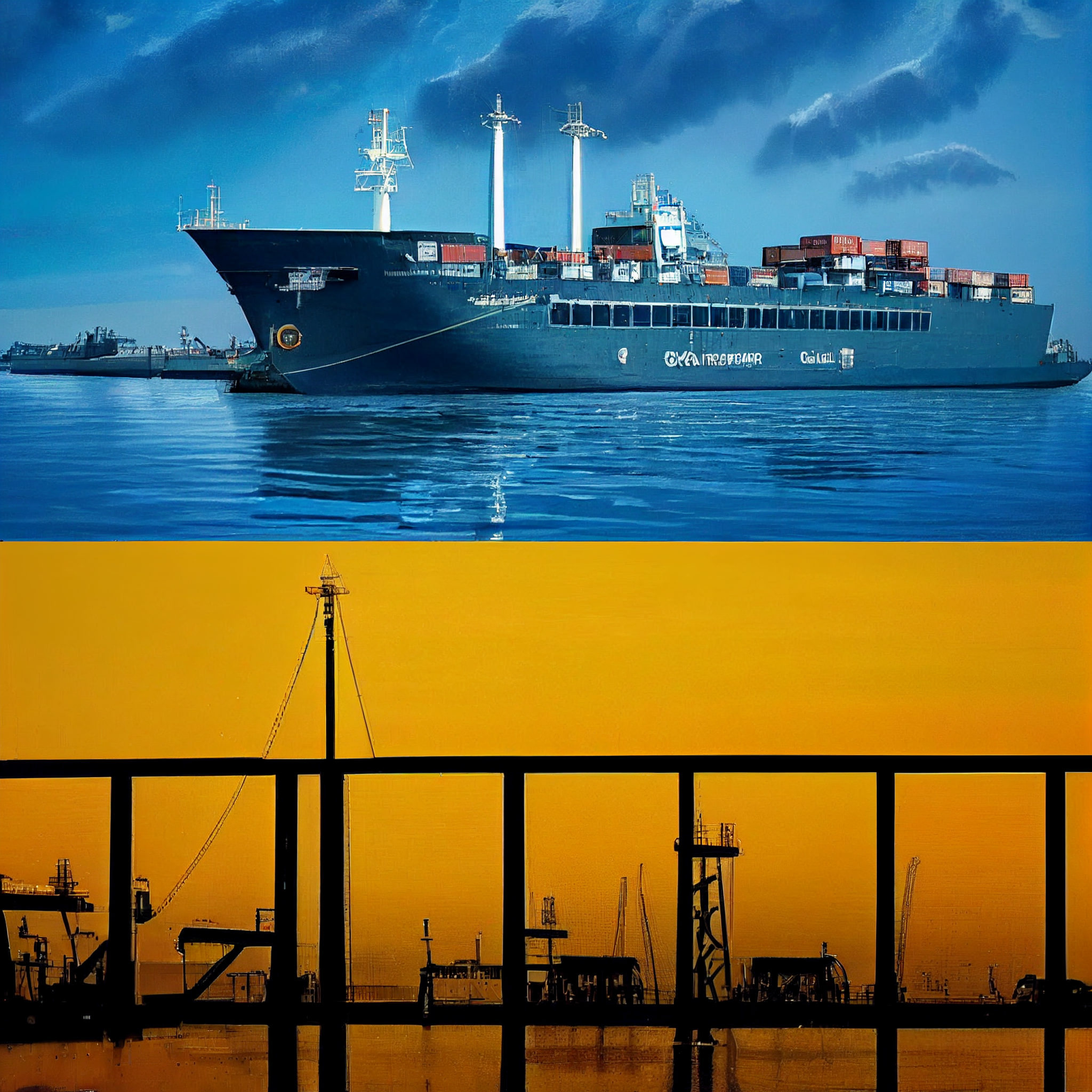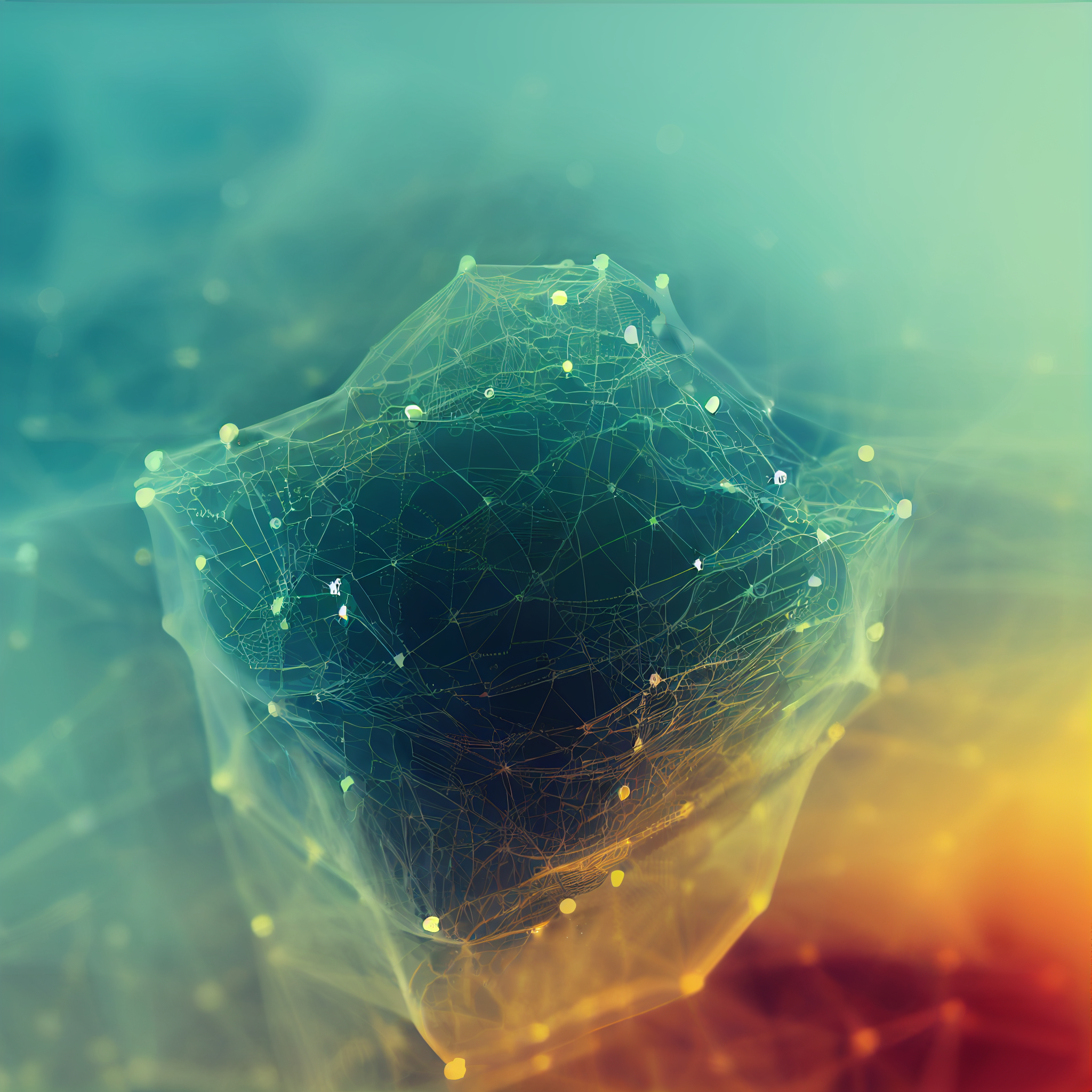LUCKYTEK
Self-learning supply chain
Self-learning supply chain
Self-learning supply chain
Over the past few years, global supply chains have been hit by a series of unexpected events. The coronavirus, the war in Ukraine, Brexit and a container ship stuck in the Suez Canal have combined to delay shipments of everything from bicycles to pet food. Use artificial intelligence and other tools to respond more quickly to supplier issues, adjust production or monitor raw material availability. Supply chain shocks are inevitable, but you can minimize them with these cutting-edge tools.

High cost of supply chain disruption
$184 million
is the average annual revenue loss companies face due to supply chain disruptionsVisibility
88%
of companies say visibility into their global supply chain is more important now than it was two years agoTools
74%
of companies still use manual methods to manage supply chain risks
The Gartner agency reports that 70% of companies use only descriptive data analytics (describing the past state), 15-25% use predictive data analytics (describing the future state) and only about 1-5% use prescriptive data analytics (advising users what steps to take in follow-up to the analysis of hidden trends in the data).

Businesses without prescriptive data analytics run into problems with poor product design, inaccurate estimates, ineffective planning and waste. They are limited by descriptive analytics that look to the past, they need to move from "What happened?" the "What will happen?" and "What steps should we take?"

In a traditional supply chain, many assumptions are made based on human experience and rules, such as estimating production time in a process or machine setup time. This leads to inaccuracies that lead to unreliable plans. It starts with a small deviation - a technological operation takes longer than planned - and soon, thanks to the chaotic effect of the flapping of the butterfly wing and the accumulation of inaccuracies, the whole plan is invalid.

In contrast, a self-learning supply chain learns about business processes by continuously analyzing historical data and generates predictions of key performance indicators and recommendations for improving process planning. For example, it captures the difference between a planned and an ongoing task, analyzes the cause of this difference, and uses this knowledge in future planning to reduce this variation.
Three steps of the self-learning supply chain process
Obtaining updated real-time data from the supply chain, e.g. using the MES (Manufacturing Execution System) adaptive control system
- Characteristics of the order
Data from production terminalsAdjustment times
Measurement
times Waiting times
Data from sensors on machines
Production cycle time
Machine Learning
- Machine Learning teaches computers to do what humans and animals do naturally - learn from experience.
- Machine learning algorithms use deep neural networks that simulate processes in the brain using an artificial neural network that has many nested layers, where the output from one layer node is a non-linear combination (convolution) of all inputs from the previous layer.
- Machine learning algorithms adaptively improve their performance with increasing amounts of data. Algorithms analyze historical data from past production/business cycles and identify hidden patterns in millions of data points that humans are unable to capture such as relationships between job characteristics and setup times and production cycle times or any other measurable data.
- The algorithm has access to real-time, updated data from the supply chain and is essentially told, "Use it to figure out how to maximize resource utilization and productivity."
Planning and optimization
- The knowledge gained by the self-learning supply chain enters the advanced detailed planning of APS (Advanced Planning and Scheduling).
- Optimization technology using genetic algorithms and Darwinian evolutionary operators of mutation, selection and crossover (crossover) creates plans that maximize key performance indicators (KPIs).
- The plan is submitted to the production/business process and the cycle of data acquisition, knowledge acquisition, planning and optimization is repeated resulting in the plans being effective and reflecting reality which increases:
- Productivity
- Profitability
- Customer loyalty
- Return on investment
- Transparency of the supply network
- Optimization of capacity utilization
One-piece production of precise engineering components with tolerances of dimensions, shape and position in hundredths to thousandths of a millimeter
- These components are manufactured using a technological procedure including CNC machining, grinding and heat treatment operations with the inclusion of metrological measurement of deviations in dimensions, shapes and positions of work-in-progress and final components on a 3D measuring device.
- This is a complex process that can take from 24 hours to several days depending on the product mix and metrological measurement results.
- The high level of uncertainty in the determination of technological and metrological times in batch production for newly produced components increases the difficulty of accurate production planning and this affects the accuracy of the promised delivery times.
- In this scenario, the machine learning algorithms of a self-learning supply chain analyze data from past production runs and orders to predict the times of individual operations.
- The knowledge gained by the self-learning supply chain enters the advanced detailed planning of APS (Advanced Planning and Scheduling).
- Optimization technology using genetic algorithms and Darwinian evolutionary operators of mutation, selection and crossover (crossover) creates plans that maximize key performance indicators (KPIs).
- The plan is submitted to production and the cycle of data acquisition, knowledge acquisition, planning and optimization is repeated, resulting in the plans being effective and reflecting reality, which increases:
- Profitability
- Customer loyalty
- Productivity
- Return on investment
- Transparency of the supply network
- Optimization of capacity utilization
